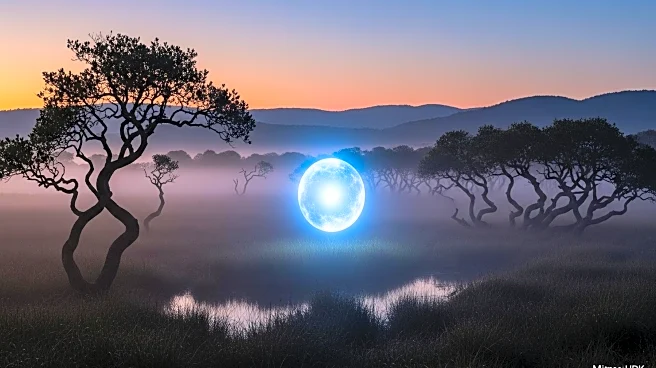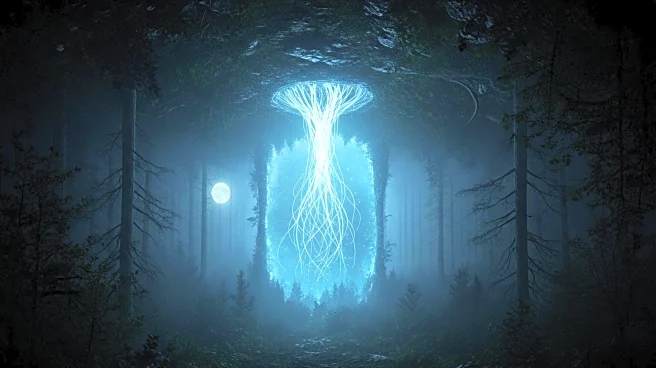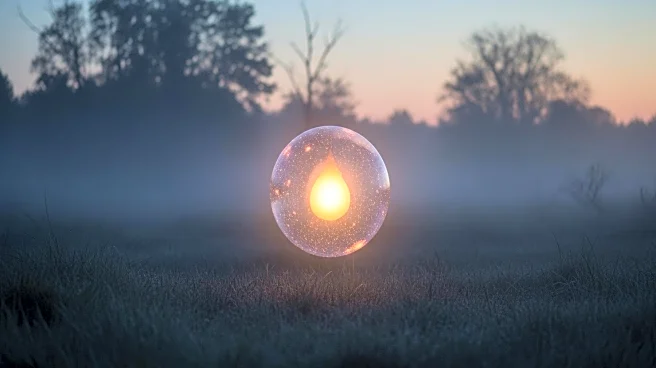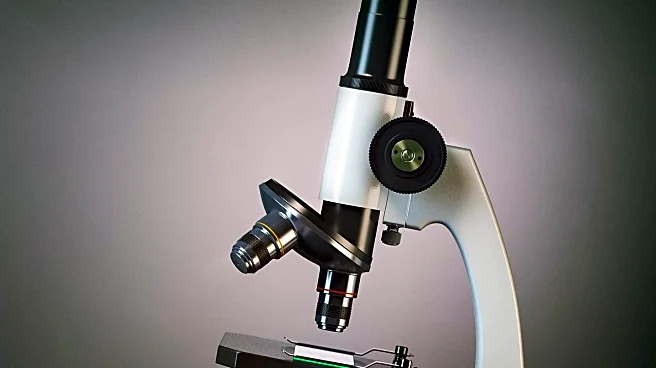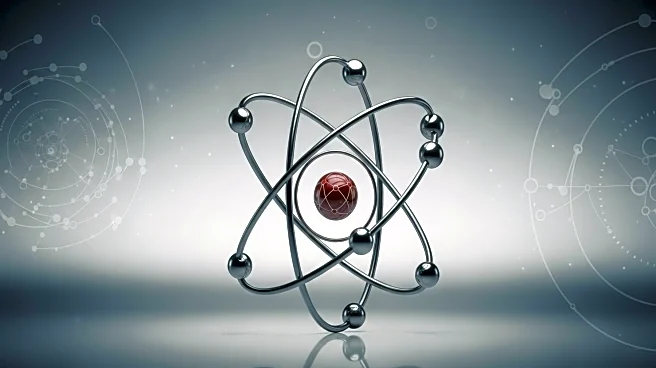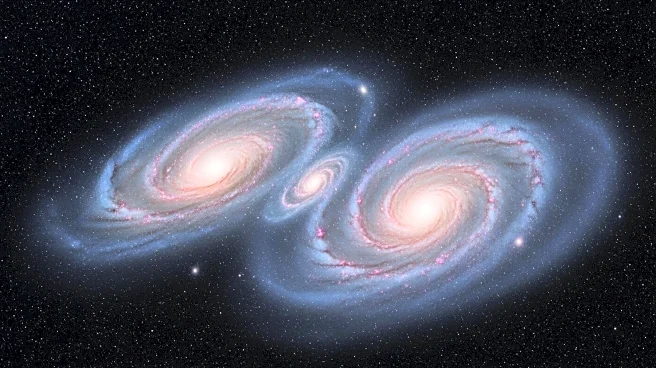What is the story about?
What's Happening?
Researchers at Stanford University, led by Richard Zare, have proposed a new explanation for the mysterious phenomenon known as will-o'-the-wisps. These blue-tinged flashes of light, often seen in swamps and bogs, have historically been attributed to supernatural causes. However, the team suggests that these lights are the result of spontaneous electric sparks, or 'microlightning,' occurring between bubbles of methane and air in water. This phenomenon could ignite methane gas, creating the observed flashes. The study involved laboratory experiments where microbubbles of methane mixed with air were passed through water, generating sparks upon collision.
Why It's Important?
Understanding the cause of will-o'-the-wisps has broader implications for scientific knowledge and environmental studies. The research highlights the complex interactions between natural gases and electric phenomena, which could inform future studies on gas emissions and environmental monitoring. Additionally, this discovery challenges long-held myths and provides a scientific basis for a phenomenon that has intrigued people for centuries. The findings could also have implications for safety in areas where methane emissions are prevalent, as understanding the conditions that lead to ignition could help in developing preventive measures.
AI Generated Content
Do you find this article useful?
